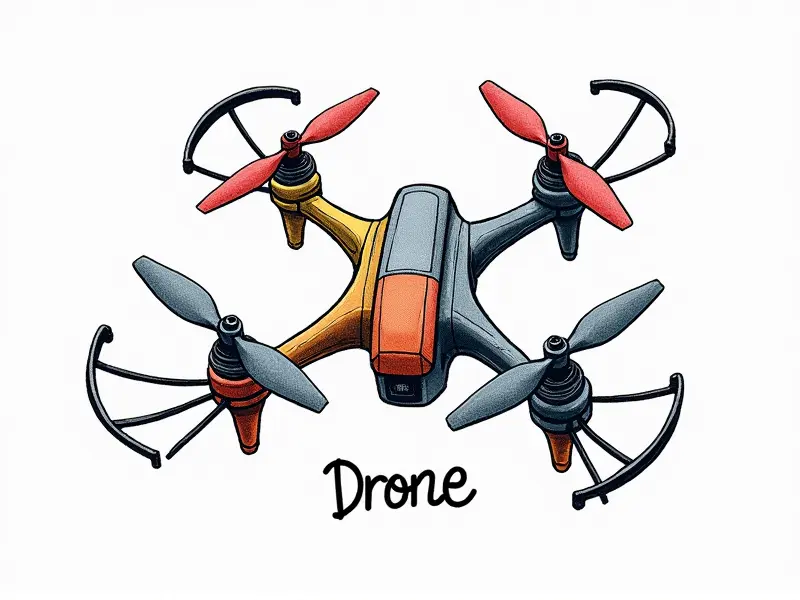FPV antenna types

FPV Antenna Types: A Comprehensive Guide
First-person view (FPV) drone racing and aerial photography have gained immense popularity among enthusiasts. Ensuring a clear and stable video feed is crucial for an optimal FPV experience, and the right choice of antenna plays a pivotal role in achieving this goal. This article delves into various types of FPV antennas, their characteristics, and how to select the best one based on your specific needs.
Best FPV Antennas for Crystal Clear Video
The quest for crystal clear video transmission is paramount in FPV applications. Several factors influence the quality of video reception, including antenna type, gain, and frequency range. Here are some top-performing antennas that ensure a reliable and high-definition video feed:
- Antenna A: Known for its superior signal clarity and wide coverage area.
- Antenna B: Offers excellent gain at 5.8 GHz, ideal for long-range flights.
- Antenna C: Compact design with high efficiency in urban environments.
Understanding FPV Diversity Antennas
Diversity antennas are designed to enhance signal reception by using multiple antenna elements. This setup helps mitigate interference and improve overall video quality, especially in challenging environments. Common configurations include:
- Horizontal Polarization: Provides robust performance against multipath interference.
- Vertical Polarization: Ensures stability in line-of-sight conditions.
Monopole vs. Dipole FPV Antennas
The choice between monopole and dipole antennas depends on the specific requirements of your setup:
- Monopole Antennas: Compact design, suitable for tight spaces.
- Dipole Antennas: Balanced radiation pattern, ideal for long-range applications.
The Ultimate Guide to FPV Patch Antennas
FPV patch antennas are renowned for their high gain and directional focus. They come in various sizes and configurations:
- Half-Wave Patch: Offers a balanced performance with moderate gain.
- Quarter-Wave Patch: Compact design, suitable for drones with limited space.
How to Boost Your FPV Range with Antennas
Maximizing the range of your FPV setup involves selecting the right antenna and optimizing its placement:
- Select High-Gain Antennas: Higher gain antennas transmit signals over longer distances.
- Optimize Placement: Ensure optimal orientation for maximum coverage.
Comparing Omnidirectional and Directional FPV Antennas
Omnidirectional antennas provide 360-degree coverage, while directional antennas focus on a specific area:
- Omnidirectional Antennas: Ideal for general use and urban environments.
- Directional Antennas: Best suited for long-range flights with clear line-of-sight.
DIY FPV Antenna Solutions for Budget Racing Drones
Budget-conscious enthusiasts can create effective DIY solutions:
- Cloverleaf Antennas: Simple design, high gain at 5.8 GHz.
- Quarter-Wave Monopole: Easy to construct and compact in size.
Top 5 FPV Dipole Antennas Explained
Dipole antennas are popular for their balanced performance:
- Antenna D: High gain, robust design suitable for long-range flights.
- Antenna E: Compact size with excellent signal clarity in urban settings.
Gain vs. Pattern in FPV Antennas
The relationship between antenna gain and radiation pattern is crucial:
- High Gain: Enhances transmission distance but narrows the coverage area.
- Broad Pattern: Provides wider coverage at the expense of reduced range.
Yagi vs Cloverleaf: Which is Better?
The choice between Yagi and Cloverleaf antennas depends on your specific needs:
- Yagi Antennas: High gain, directional focus, ideal for long-range flights.
- Cloverleaf Antennas: Balanced performance with high gain at 5.8 GHz.
Maximize Your Range with FPV Patch Antennas
To get the most out of your patch antennas:
- Select High-Quality Materials: Ensure durability and optimal performance.
- Optimal Placement: Position for maximum coverage and minimal interference.
Conclusion
The selection of the right FPV antenna is crucial for achieving a clear, stable video feed. By understanding the characteristics and applications of different types of antennas, you can enhance your FPV experience significantly. Whether you opt for high-gain patch antennas or compact DIY solutions, choosing the best antenna will ensure that you get the most out of your drone flights.

